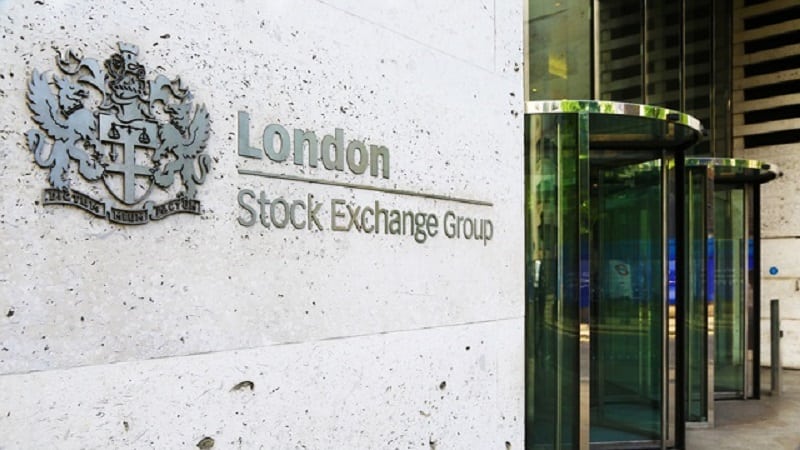Q: Which asset classes, sectors or strategies are attracting your attention and why?
I mostly cover fixed income, where I assess the thematic area of green, social and sustainability bonds. It is a specific class of fixed income that historically had longer duration. It is more subject to interest rate differentials, and with the current higher interest rate environment, this has become more and more relevant.
Investors can benefit from higher yields, but the bonds also help do something good for the environment or society. The higher interest rate environment and growing attention on climate issues is making this asset class more interesting than ever before.
Q: How do you see sustainable and ESG-oriented investing evolving from here?
Regulation is becoming ever-present in the ESG investing space. The introduction of the Sustainability Disclosure Requirements (SDR) in the UK and alterations to the Sustainable Finance Disclosure Regulation (SFDR) in the EU will impact how the ESG-orientated securities can be named, and how fund managers can label their funds.
Essentially, the increase in regulation will help ESG and sustainable investing become more than a trend and remain here to stay. We can explore the methodologies of each asset manager to define what is sustainable or not. The regulator is coming in to ask the industry to explain the sustainable nature of a fund or a strategy, which is not in any way hampering its growth.
This is leading to higher transparency from those in the sector, including issuers of green bonds and investors. Higher regulation is only going to increase interest in these securities. The GSS (green, social and sustainable) bonds market has evolved without regulation based solely on trust – regulation is going to increase the trust that has already been proven in the sector.
Q: What will be different about the investment sector a decade from now?
I think it will become more data driven. We’re going to see a huge change in the way we look at investments due to the fact there will be more data and more accessible data.
The private assets market may be one of the biggest beneficiaries of data – private debt and private equity will get a bigger share of the market as more data on these asset classes becomes available. Data at project level is already more available and there will be the same access to public-market equites and bonds for the private sectors. We may see a bit more democratisation of the private space in 10 years from now.
Read the rest of this article in the February issue of Portfolio Adviser magazine










